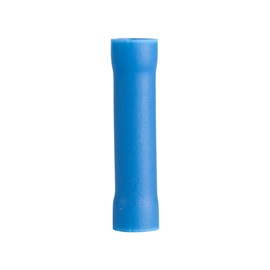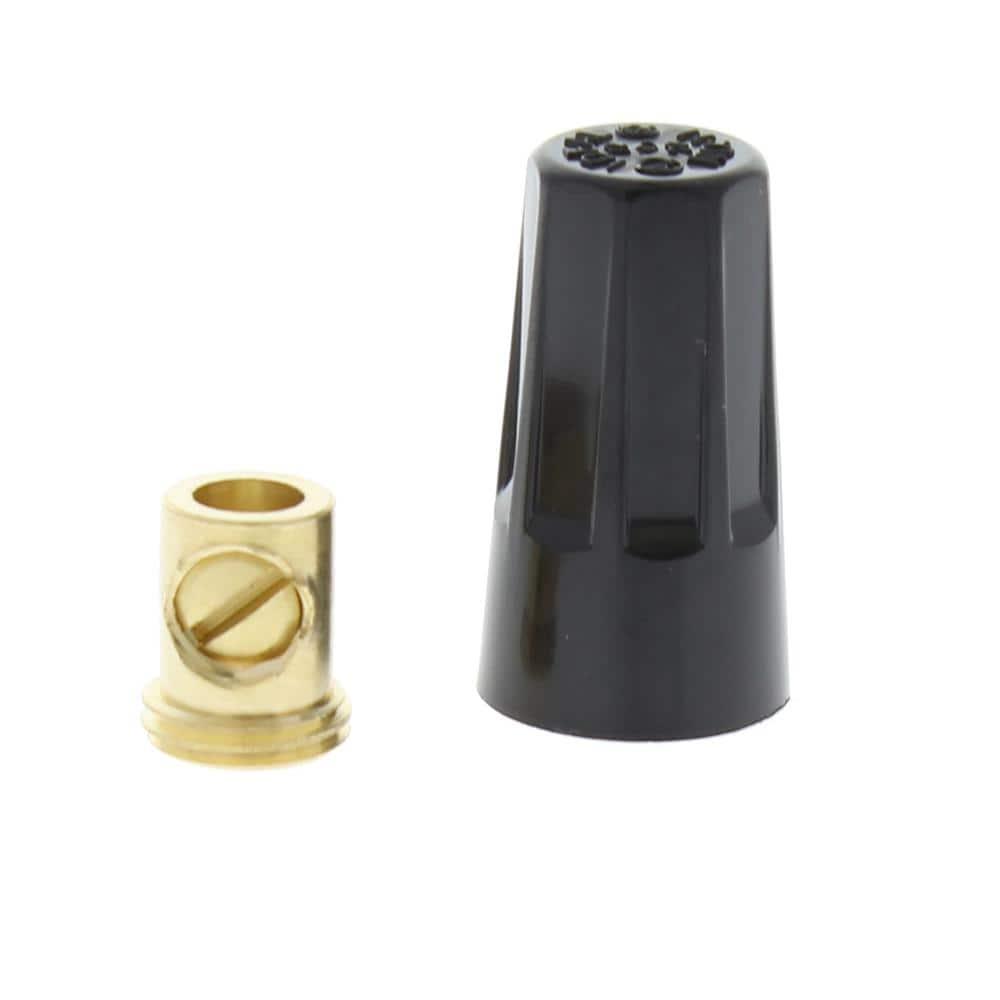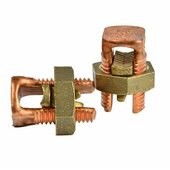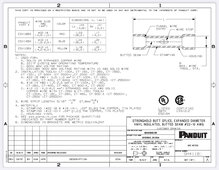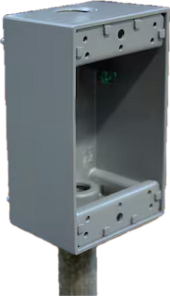hwy17
Anti-Solar Enthusiast
My PV run needs some splices and there's nothing I can do about it. It needs PV wire to THHN splices, and I'd rather not keep dancing around making more splices in the THHN run. There should not be a need to be nervous about a splice of under 30 amps.
1. Wagos - I trust them for AC splices of 15, 20, 30 amps. Why shouldn't I trust them for a PV splice? Only logical reason would be that a PV splice is expected to be heavily loaded. But heavily loaded at 16 amps only.
2. Wire nuts. I hate wire nutting stranded wire, I won't do it.
3. Buchanan Splices? So apparently these are a listed 600v splice method. Home Depot carries the crimps themselves but not the caps, I'm guessing because they are commonly used for irreversible ground wire splices. But they are listed for live wires with a hard to find insulator cap.
4. Anyone got any other idea for listed wire splice methods that you'd be twice as confident in as a wire nut or wago?
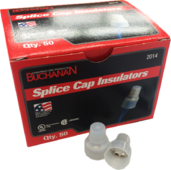

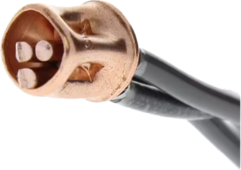
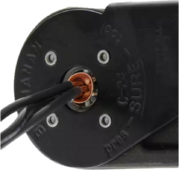

1. Wagos - I trust them for AC splices of 15, 20, 30 amps. Why shouldn't I trust them for a PV splice? Only logical reason would be that a PV splice is expected to be heavily loaded. But heavily loaded at 16 amps only.
2. Wire nuts. I hate wire nutting stranded wire, I won't do it.
3. Buchanan Splices? So apparently these are a listed 600v splice method. Home Depot carries the crimps themselves but not the caps, I'm guessing because they are commonly used for irreversible ground wire splices. But they are listed for live wires with a hard to find insulator cap.
4. Anyone got any other idea for listed wire splice methods that you'd be twice as confident in as a wire nut or wago?








